In recent years, smart home systems have revolutionized the way homeowners interact with their living spaces, providing an unprecedented level of convenience, control, and comfort. Powered by advanced technologies, these systems have transformed traditional houses into intelligent and interconnected environments.
A joint study by Jonkoping University’s Department of Construction Engineering and Lighting Science and Karlstad University’s Department of Building Technology explores the full scope and evolution of artificial intelligence (AI) and smart tech capabilities in modern residential buildings.
Internet of Things (IoT) Connectivity
At the heart of smart home systems lies the concept of the “Internet of Things” (IoT), which enables various devices and appliances to connect and communicate with each other. By utilizing wireless protocols such as Wi-Fi, Zigbee, or Z-Wave, smart home devices can exchange information and can be controlled remotely through a central hub or smartphone application. This connectivity forms the foundation of a smart home ecosystem.
“The operation of the Internet is gradually shifting from the ‘Internet of Computers’ (IoC) to the ‘Internet of things,’” authors Amjad Almusaed, Ibrahim Yitmen, and Asaad Almssad say. “Massively linked systems, often called cyber-physical systems (CPSs), are also emerging due to the incorporation of many aspects such as interest, embedded devices, smart objects, humans, and physical surroundings.”
At the core of that connectivity are wireless systems that can pair with other smart devices to create a whole-home ecosystem equipped with AI technology. One example is Savant’s newest Smart Network, which leverages Juniper Mist Wi-Fi technology designed for smart home integrators to collect user data and analytics. The wireless network solution is able to learn over time, optimizing the network experience for homeowners through customizable Service Level Expectation (SLE) metrics.
According to Aaron Gutin, Product Category Director of Savant, the Smart Network uses AI and cloud-based analytics to create data models of each smart home environment. It then establishes benchmarks for expected performance, which enables it to quickly identify and resolve any anomalies when they appear.
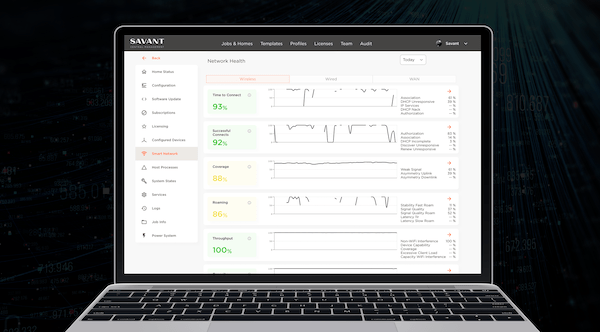
Savant's Smart Network adapts to user preferences over time.
Image: Savant
READ MORE: Building Products
Voice Control and Virtual Assistants
Perhaps one of the most notable advancements in smart home technology is the integration of voice control and virtual assistants like Amazon Alexa, Google Assistant, and Apple Siri. Through voice control systems, homeowners can play music, add items to their to-do list, or access and adjust other smart technology like thermostats or lights.
Companies like Amazon are now taking cues from up-and-coming generative AI systems like OpenAI’s ChatGPT to expand the capabilities of virtual assistants. Amazon’s newest Alexa upgrade will employ a more developed large language model (LLM) for more conversational voice controls, whether delivering the news, providing media recommendations, or telling a bedtime story.
Intelligent Lighting and Energy Management
Smart lighting systems also offer a wide range of user features, including remote control, scheduling, and automation. With the ability to adjust brightness, color temperature, and even change lighting scenes with a single command, homeowners can create personalized ambiances to suit their preferences and mood.
Additionally, many of these systems integrate energy management capabilities, optimizing energy consumption by automatically adjusting lighting levels based on occupancy and natural light conditions. Those capabilities are controlled by AI.
“AI technology appeared in the early 2000s when the term ‘smart building’ was trendy. Still, it only reflected the level of performance of building automation systems, not having a direct bearing on its ‘intelligence,’” Almusaed says. “Today, we can already talk about optimizing the functioning of building engineering systems based on offline data analysis achieved through AI. The system implements automated building functions, covering a broad set of home functions for inhabitants. For example, the change in the Sun’s position during the day can be considered when controlling lighting, curtains, heating, and air conditioning.”
One smart tech solution is Legrand’s Smart Lighting with Netatmo, which achieves hands-off lighting control with the help of battery-powered, wireless smart switches and dimmers that allow users to add 3-way lighting capabilities without any wiring needed. The system is enabled by voice-activated controls, and users can also monitor energy usage, manage their lights and power, create automated schedules, and shut off forgotten fixtures remotely through the Legrand app.
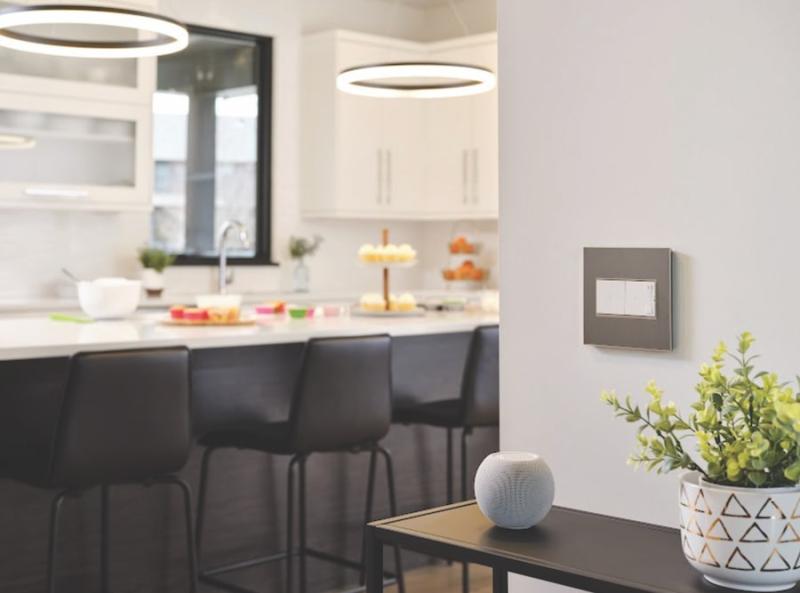
Legrand's Smart Lighting with Netamo grants users wireless 3-way lighting capabilities.
Image: Legrand
Climate Control and Smart Thermostats
Smart thermostats provide homeowners with precise control over their home's temperature, whether they're at home or away. These devices learn user behavior and preferences, automatically adjusting the temperature to optimize comfort and energy efficiency.
Integration with weather forecasts allows smart thermostats to proactively adapt to changing conditions, the report explains. With features like geofencing, which specifies the user’s location, they can detect when the homeowner is leaving or returning and adjust the temperature accordingly, Almusaed says, resulting in energy savings and increased comfort.
Degrii’s recently released Smart Thermostat, for instance, offers built-in geofencing technology to automatically adjust a home’s temperature depending on when consumers are home. The smart thermostat is compatible with the Degrii app, so homeowners can control temperature and energy usage remotely.
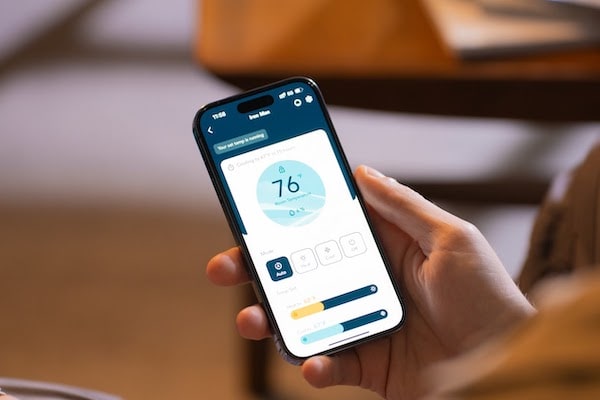
Degrii's Smart Thermostat can be controlled remotely from a mobile device.
Image: Degrii
Home Security and Surveillance
Along with providing comfort and convenience, smart home systems have also significantly enhanced home security measures, with the help of high-definition cameras, motion sensors, and smart door locks. Homeowners can monitor their property remotely, receive real-time alerts, and even grant access to guests or service providers from anywhere.
“Compared with their analog counterparts, smart home security systems provide several advantages, including real-time warnings, motion detection, video monitoring and analytics, and protection against fire and other hazards to life,” Almusaed says. “This system employs advanced multiple-frame motion detection technology to achieve high-compression video data transmission in real time,” immediately notifying homeowners of potential threats.
While smart technology, like those in home security and the other systems mentioned above, are relatively new, they’re proliferating quickly. And more than half of contractors agree that smart technology and automation will play a more significant role in building produce purchase decisions over the next few years.

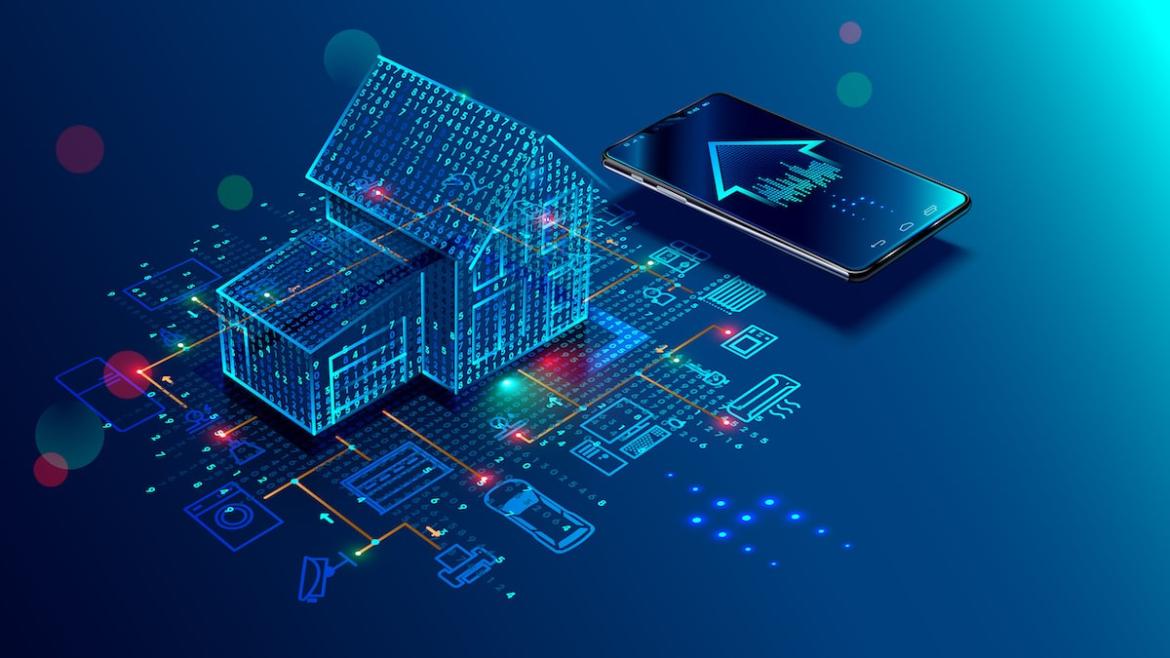

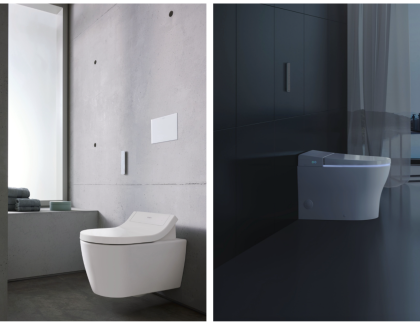

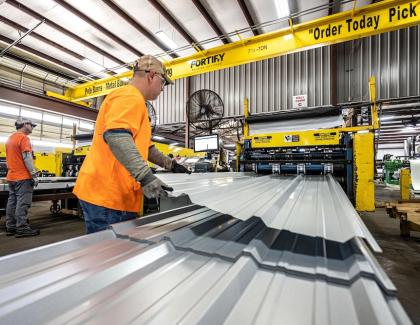

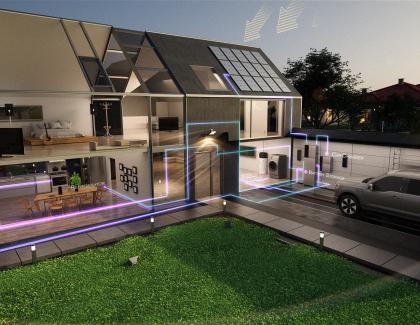
Add new comment